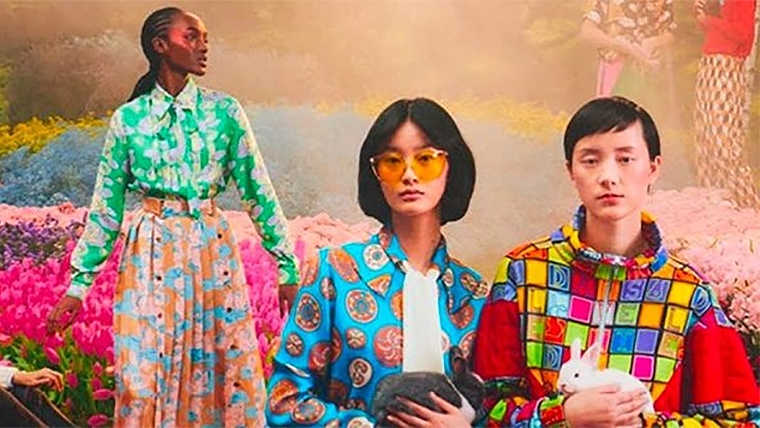
By Mark Tanner*
Binkying is when a rabbit suddenly picks up speed and leaps into the air with a playful twist. It’s what rabbits do when they are feeling especially good about things and feels an appropriate way to describe many Chinese consumers entering the Year of the Rabbit this Saturday.
Some won’t be bouncing into the new lunar year as they mourn recently-lost elderly relatives or recalibrate from Covid-related trauma. But for others, we may start seeing the Chinese consumer version of a little binky. It will be the first time in 3 years many are able to get home for the Spring Festival to be with their family. It will be the first time they have had the ability to travel abroad in 3 years. Above all else, it will be the first time they have some certainty of what lies ahead. As the covid era fades, so too might past tensions as Australian lobster may soon be back on menus, hopefully washed down with an Aussie wine too. Unlike most countries where inflation has taken hold, things only cost 1.8% more than they did a year ago. And on top of that, the collective consumer base has somewhere between $827 billion to $4.8 trillion in extra savings to spend compared with 3 years ago.
The numbers are pointing to many Chinese starting to return back to their old ways. 10 days out from Chinese NY Eve, restaurant bookings for family reunion dinners were 90% of 2019 numbers. Foot traffic is up to 96.6% of pre-pandemic numbers across 83 big cities. Thailand expects Chinese visitors to be 78% of pre-Covid numbers this year, even with flight capacity still returning to normal. Forecasters are picking China’s GDP growth to be as high as 5.7%, with retail spending growth even higher at 6-7% according to UBS.
It is likely the perennial limited-edition CNY-merch will be some of the first recipients of the return to freer spending ways. And those with a taste for bunny-themed kit won’t be disappointed. There looks to be a nationwide campaign against animal testing at present, with countless initiatives brandishing colourful campaigns and products with fluffy bunnies. Anything you can stick a pair of bunny ears onto seems to have had the zodiac treatment: rabbit cufflinks, rabbit zipper tags, the obligatory rabbit-faced luxury watches, full-head fuzzy rabbit hats, hoodies, ¥1800 ($268) Hermès baby bunny booties, to all out rabbit-explosion-bling.
Collabs with rabbit-related ‘IP’ owners are as big as ever this Spring Festival. Bugs Bunny is all over Moschino, Reebok and BOSS. Roger Rabbit, Peter Rabbit, Oswald the Lucky Rabbit, Miffy, Thumper, the white rabbit from Alice in Wonderland and a host of other cartoon rabbits have taken prime real estate across malls and smartphones. And of course, heritage Shanghai candy brand, White Rabbit, is central to Coach’s and Japanese cosmetic brand SKII’s NYE campaign.
Most foreign brands’ Chinese NY promotions are a microcosm of wider strategies for successful localization. They incorporate and [usually] respect Chinese cultural elements, playing the balancing act of what appeals to Chinese, without losing their foreign allure. They signal to Chinese consumers that their culture is important enough for them as a brand to celebrate. Brands running campaigns outside of China to recognize the festival are particularly well noted.
This cultural nuance from foreign brands’ marketing still has room to improve in China. In marketing stalwart Social Beta’s round up of the 100 best marketing initiatives of 2022 (link in Chinese) just 25 involved foreign brands with big players like Nike, Burberry and BMW making multiple entries. A key theme of the top 100 was the jump in emotive, humanist, and simplistic messaging which spoke to the personal struggles of the Covid era and a much more reflective group of consumers. We will be watching closely to see how the tone shifts now that lockdowns and restrictions have been traded in for ‘binkying’.
*Mark Tanner is the CEO of China Skinny, a marketing consultancy in Shanghai. This article was first published here, and is re-posted with permission.

We welcome your comments below. If you are not already registered, please register to comment
Remember we welcome robust, respectful and insightful debate. We don't welcome abusive or defamatory comments and will de-register those repeatedly making such comments. Our current comment policy is here.